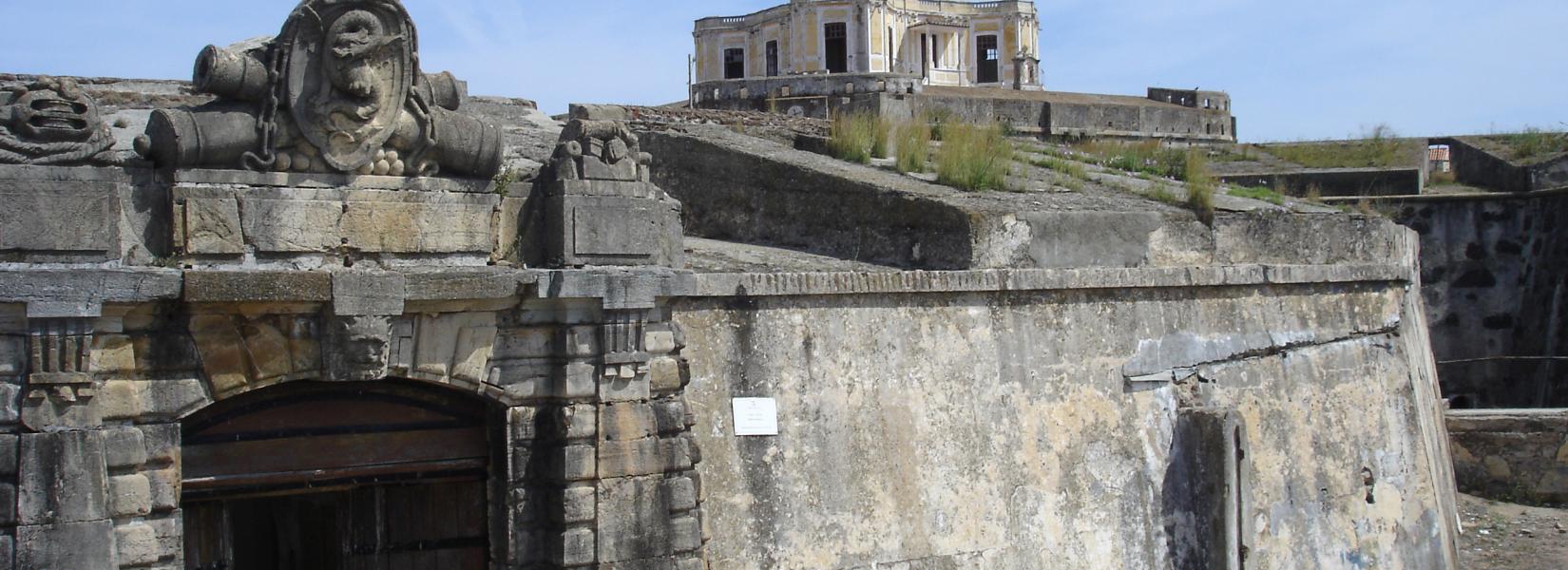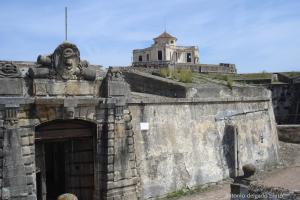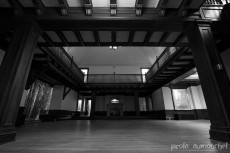Located in the town of Celles, in the Namur area in Belgium, the Miranda castle (or Noisy) is unquestionably one of the most famous Belgian places for urbexers . Built in 1907 (the work has began in 1866), the castle is owned by the Comte...
Forte de Nossa Senhora da Graça : fortress Our Lady of Grace
UNESCO heritage abandonment
Located in the parish of Alcazaba about one kilometer from the town of Elvas in Portugal, the fortress Our Lady of Grace, better known by the Portuguese as the Forte de Nossa Senhora da Graça or Forte Conde de Lippe, this is a imposing building dedicated to the protection of the country. While the Spanish border is only a stone's throw at the east of the city, King Joseph ordered its construction in 1763 on the Mount Grace hill, where stood the ancient chapel of Our Lady of Grace. This is the perfect place, as this hill is the highest point in the region. Its construction will last nearly thirty years and thousands of men will be mobilized to build this fortress. But their work was not in vain, because the fortress will be the privileged witness of many battles that will take place.
Composed of three lines of defense and considered as a masterpiece of military architecture of the eighteenth century, it will withstand the onslaught of Spanish troops during the War of the Oranges (1801), the French bombardment of General Soult during the Peninsular War (1811) and many more.
It was also used as a military prison for several years. Now a UNESCO World Heritage Site, the fortress requires more work to maintain its original charm. The site is now abandoned for several years.
Video
Here is a video made by Richard Moura about the fortress of Our Lady of Grace.
Related content
We are in September 1937 in the small village of Belchite located about 50 kilometers from Zaragoza. The Spanish Civil War has been raging for a year already and thousands of Spaniards died. By the end of the conflict in April 1939, they will be...
Located at the north of Baltimore, this Beaux-Arts influenced Gregorian Revival style by N.Y. architects Boring and Tilton buildings was one of the oldest school of Maryland before its closure in the 90s. The 330 acre campus is constituted of...
This domain’s history is rooted in the nineteenth century, back when industrialists in Canada are mostly English or Scottish men. At that time, French-Canadian people, who form the majority of the population, do not participate in the economic...







































